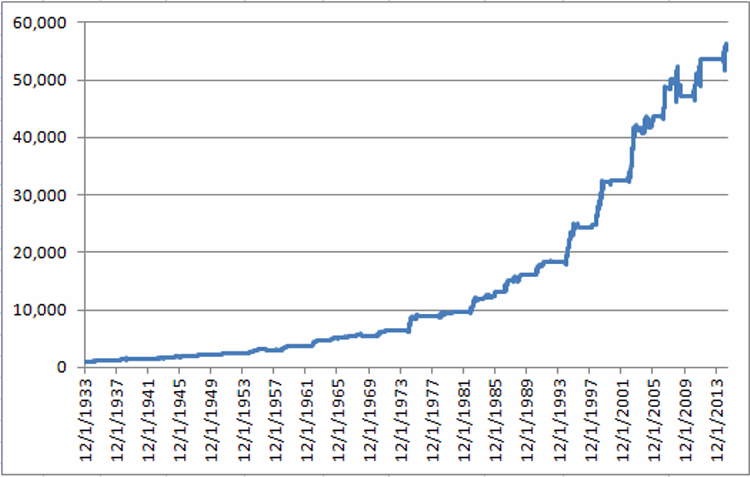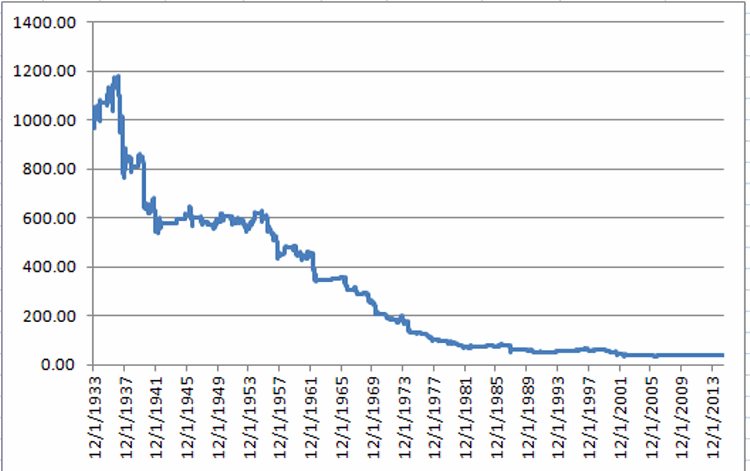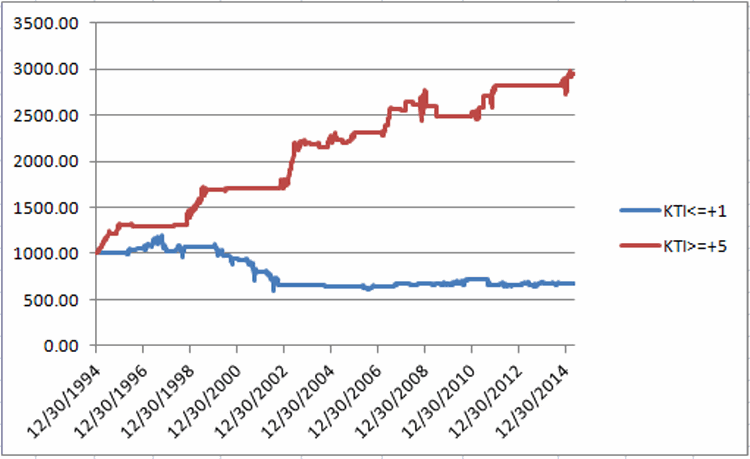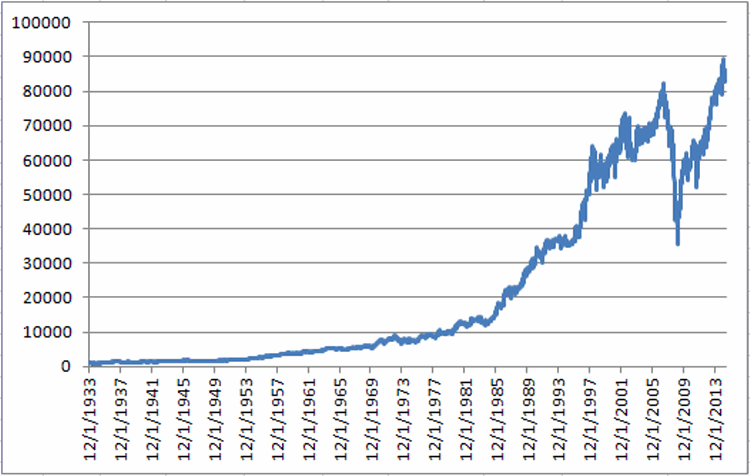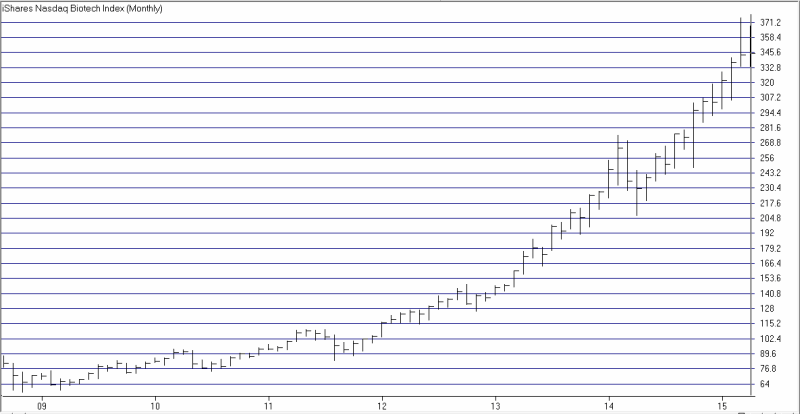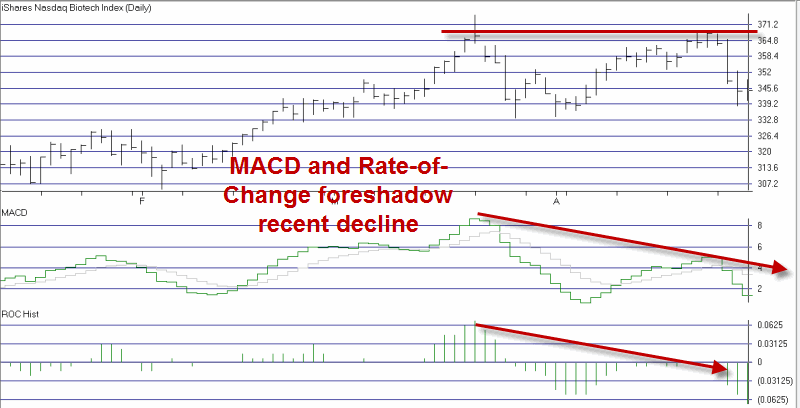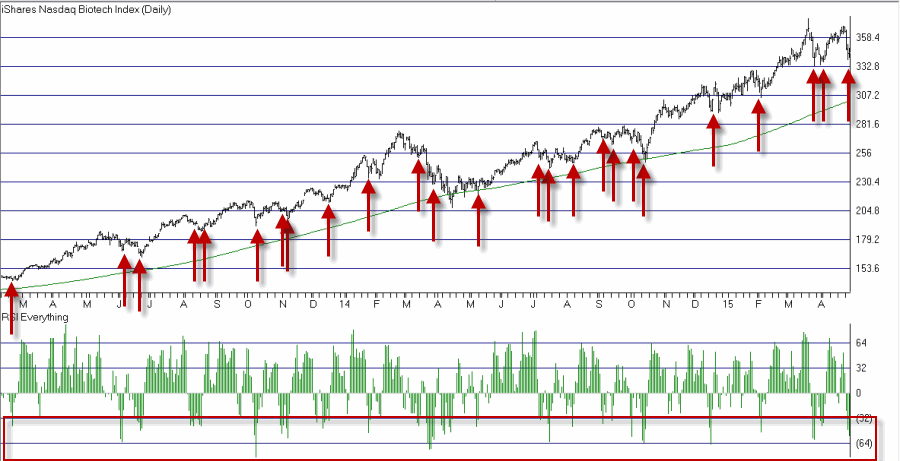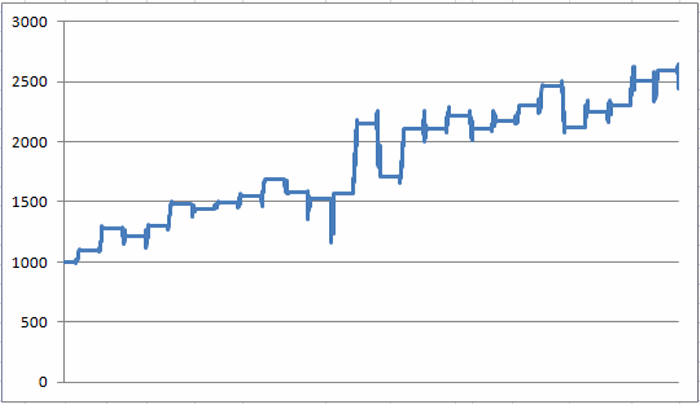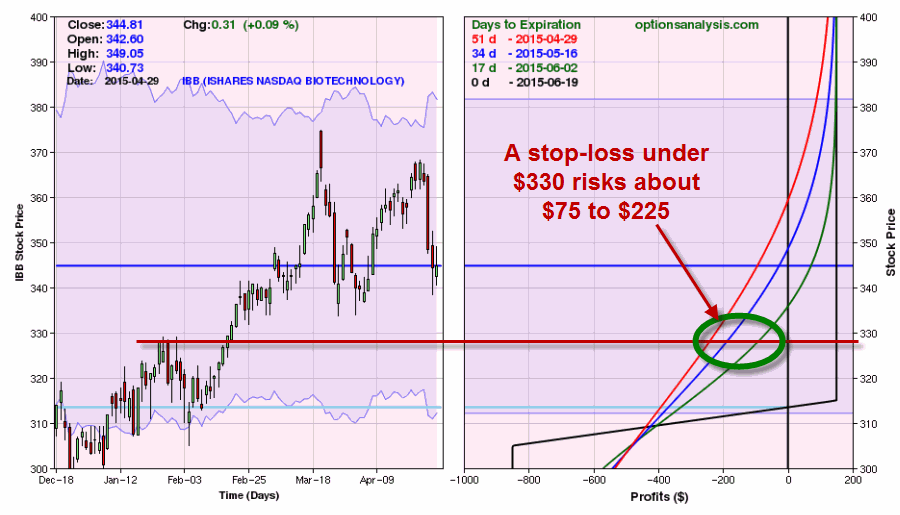
Something Old, Something New
A new way to trade moneyflow
join us June 11. 2015 at 4:30pm eastern for
this exclusive 45 minute webinar with course manual
Hank Swiencinski, aka ‘The Professor’, has been teaching trading at the University of North Florida since the spring of 2009. His courses have been the subject of much acclaim in Jacksonville’s news media, the Florida Times Union, and two major network TV stations. He is the co-author of The Professor’s One Minute Guide to Stock Management, a highly informative book that addresses his straight forward, easy to learn methodology.
He has conducted numerous seminars and webinars on trading for AIQ Systems and is currently the principal contributor to AIQ’s OneMinuteStock web site.
To date, Hank has developed and presented six webinars for AIQ Systems. Last year in ‘Trading with the Tide‘, Hank showed his students how to use breadth indicator to predict major market turns. Students who attended the webinar were able to use The Tide to catch the 1,590 point move in the Dow that started on 20 October 2014.
Then in late February, he once again showed students how he uses his “Sticks in the Sand” strategy to tell when conditions are turning favorable for various sectors. Students who attended this webinar were alerted to the favorable conditions for trading energy during late March-April. If you do not understand ‘Trading with the Tide‘, or how to use “Sticks in the Sand”, you’re missing the boat!
The results are simply amazing!
During the past few months, Hank has been researching yet another new strategy for trading the markets.
The Professor is becoming increasingly concerned with the ‘churning’ that is apparent in the current market
A market that trades in a very narrow zone for months on end is usually in a distribution phase, which is often associated with a Major Top. But because not all stocks top at the same time, some have already topped and are now starting to move lower. On the other hand, even when the overall market is moving lower, there will always be several stocks and sectors that will buck the tide. It will be EXTREMELY important in the months ahead to know which sectors and stocks will be declining and which ones will move higher.
This new strategy supplements The Professor’s primary strategy for trading stocks and ETFS. It also allows students to enter specific high probability trades before the overall market starts to turn.
On average, trades placed with this new strategy allow traders to enter both long and short positions in stocks anywhere from 3 to 10 days before the overall market turns
This strategy can also be used with the shorter term bars to generate significant profits in non-trending or topping markets very similar to what is occurring now.
In the past, when the Professor’s indicators tell him that a Major Market turn is approaching, he conducts a seminar for his students at UNF. During his most recent seminar, he showed students the results of research he has been conducting to identify specific times enter stocks that his trend algorithms have been highlighting. The results have been fantastic.
Hank will show you an entirely new way to use two indicators that you probably have ignored in the past
When used to trigger buy or sell signals from his Lists of stocks, they are extremely effective. Once you see how effective these indicators are when used with the Honor Roll, you will NEVER trade without them again. That’s why Hank calls this webinar ‘Something Old, Something New.’
|
Added Bonus
|
|||||
|
|||||
There was no uncertainty about any of this
The ‘Sticks in the Sand’ tells you when you should be looking to trade various sectors including energy, healthcare, retail, gold, bonds and currencies. If you trade any of these sectors, you need to know how to identify when the environment is favorable for these sectors and how to enter specific trades. But now with the two indicators of ‘Something Old, Something New’, you will know which specific stocks to trade when the environment is friendly.
It doesn’t get any better than this!
With the Professor’s Methodology, you don’t get a list of 400+ stocks or ETFs to buy like you do with most other newsletters. Large lists are of limited value, especially when you only have a limited amount of money to invest. No, you want to know which stocks and ETFs are the best ones to invest in.
When you use a newsletter, the information is usually over a month to six weeks old. It’s stale by the time you get it. The Professor bakes his own Lists fresh every day! In addition to showing you how to determine which specific stocks and ETFs are the strongest, he also shows you which ones are ready to move.
And you’ll learn how to do this by yourself, without listening to the opinions of biased analysts on CNBC or in financial publications
Also, IF you use a Financial Advisor, you will be able to use the information in this webinar to monitor what your advisor doing. Is he putting you into the right mix of equities, bonds, commodities, or real estate? Is he doing it at the right time, when the environment is favorable? Or is he just watching your portfolio go up and down with the market? Watching is not managing. You pay your financial advisor to manage. And if he’s not putting you into the strongest stocks and ETFs at the right time, maybe it’s time for you to make a change.
With The Professor’s key indicators, like The Tide and Dean’s List, you will know when the conditions are favorable or unfavorable for equities, bonds, and commodities. Then, if your advisor’s view of these markets is different from what you see for yourself, you will be able to discuss your information with him.
Remember what happened in the market crashes of 2002 and 2007-2008?
Most financial advisors stood by watching the markets and the value of your portfolio decline.
Do NOT let this happen again
Sign up for the webinar!
Includes seminar handouts and access to the recording
Amazing discount
ONLY $99
or call 1-800-332-2999 or 775-832-2798
More about The Professor
For the last few years, traders and investors in Jacksonville, Florida have had legendary trader Hank Swiencinski, the professor, all to themselves. No longer. The Professor, as he is known by his clients, has already presented his ‘The Professor’s One Minute Guide to Stock Management’ to a selected audience in the spring.
He is the co-author of The Professor’s One Minute Guide to Stock Management, a highly informative book that addresses his straight forward, easy to learn methodology. He has conducted numerous seminars and webinars on trading for AIQ Systems and is currently the principal contributor to AIQ’s OneMinuteStock web site.
The success stories and testimonial we’ve received from clients, show how effective and profitable the ‘Professor’s’ strategies really are. Whether you’re already trading or relatively new to investing, this is a once in a life time chance to learn one of the best investment techniques in the World…
Sign up for the webinar!
Includes seminar handouts and access to the recording
Amazing discount
ONLY $99
or call 1-800-332-2999 or 775-832-2798


